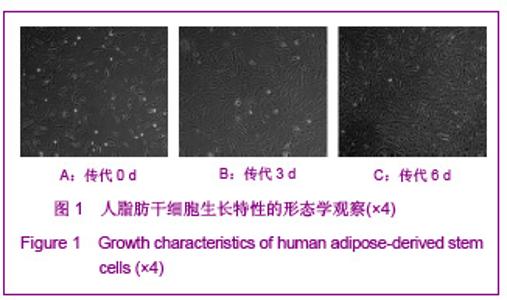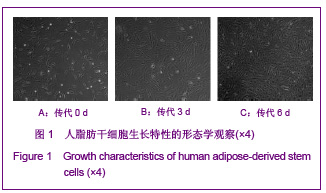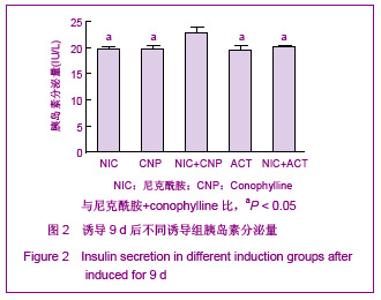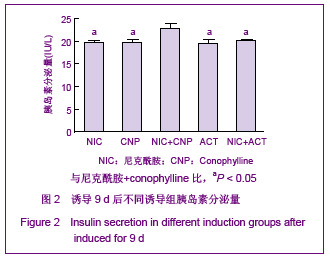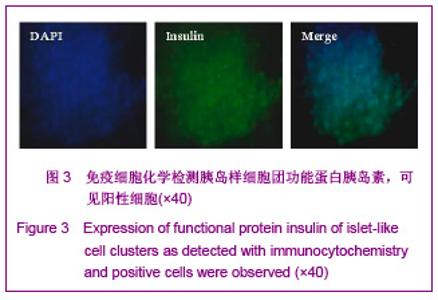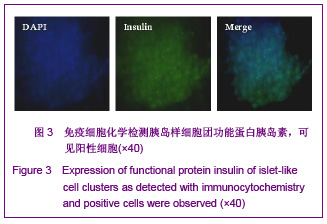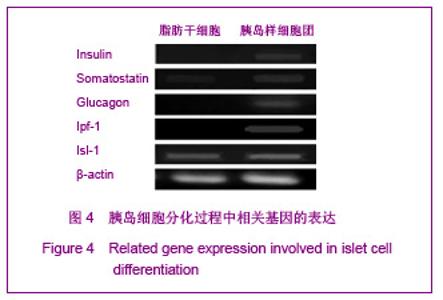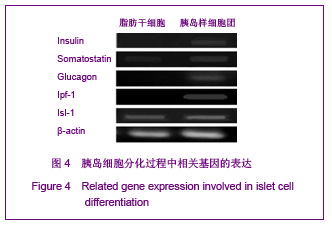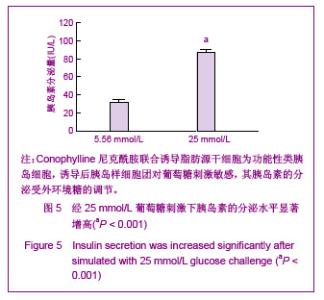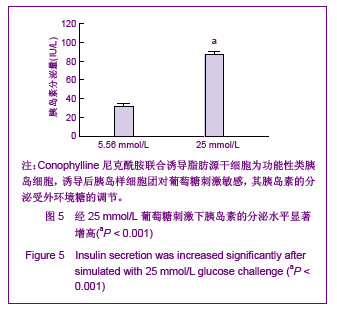| [1] Vija L, Farge D, Gautier JF, et al. Mesenchymal stem cells: Stem cell therapy perspectives for type 1 diabetes. Diabetes&Metabolism. 2009;35(2):85-93.[2] Shapiro AM, Lakey JR, Ryan EA, et al. Islet transplantation in seven patients with type 1 diabetes mellitus using a glucocorticoid free immunosuppressive regimen. N Engl J Med. 2000;343(4):230-238.[3] Shapiro AM, Ricordi C, Hering BJ, et al. International trial of the Edmonton protocol for islet transplantation. N Engl J Med. 2006;355(13):1318-1330.[4] Zuk PA, Zhu M, MizunoH, et al. Multilineage cells from human adipose tissue: implications for cell-based therapies. Tissue Eng. 2001;7(2):211-228.[5] Zuk PA, Zhu M, Ashjian P, et al. Human adipose tissue is a source of multipotent stem cells. Mol Biol Cell. 2002;13(12): 4279-4295.[6] Schaffler A, Buchler C. Concise review: Adipose tissue-derived stromal cells-basic and clinical implications for novel cell-based therapies. Stem Cells. 2007;25(4):818-827.[7] Timper K, Seboek D, Eberhardt M, et al. Human adipose tissue-derived mesenchymal stem cells differentiate into insulin, somatostatin,and glucagon expressing cells. Biochem Biophys Res Commun. 2006;341(4):1135-1140.[8] Dubois SG, Floyd EZ, Zvonic S, et al. Isolation of Human Adipose-derived Stem Cells from Biopsies and Liposuction Specimens. Methods in Molecular Biology. 2008;449:69-79.[9] Hisanaga E, Park KY, Yamada S, et a1. A simple method to induce differentiation of murine bone marrow mesenchymal cells to insulin-producing cells using conophylline and betacellulin-delta4. Endocrine Journal. 2008;55(3):535-543.[10] Li HD, Wei J, Mu CZ. Chinese Bulletin of Life Sciences. 2007; 19(4):401-408. 李宏丹,魏嘉,穆长征. 1型糖尿病的干细胞治疗研究进展[J]. 生命科学,2007,19(4):401-408.[11] Lee J, Han DJ, Kim SC. In vitro differentiation of human adipose tissue-derived stem cells into cells with pancreatic phenotype by regenerating pancreas extract. Biochemical and Biophysical Reseach Communications. 2008;375(4): 547-551.[12] Ogata T, Li L, Yamada S, et al. Promotion of betacell differentiation by conophylline in fetal and neonatalrat pancreas. Diabetes. 2004;53(10):2596-2602. |
